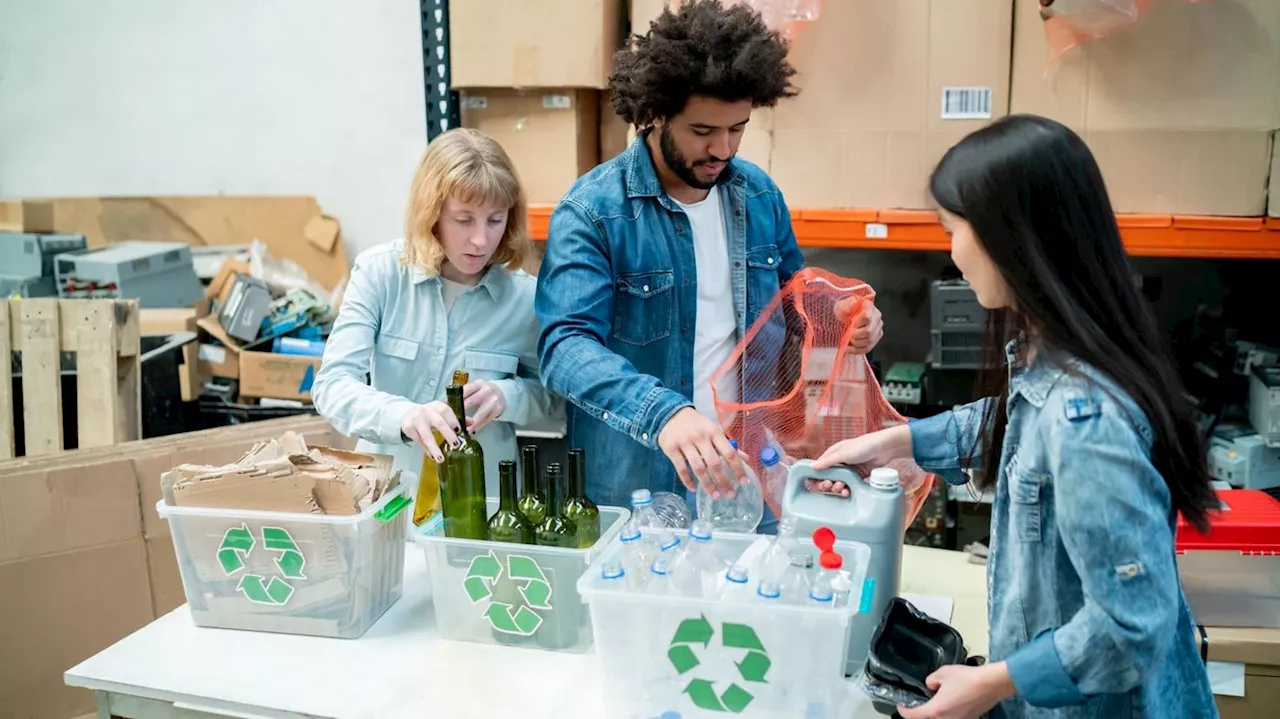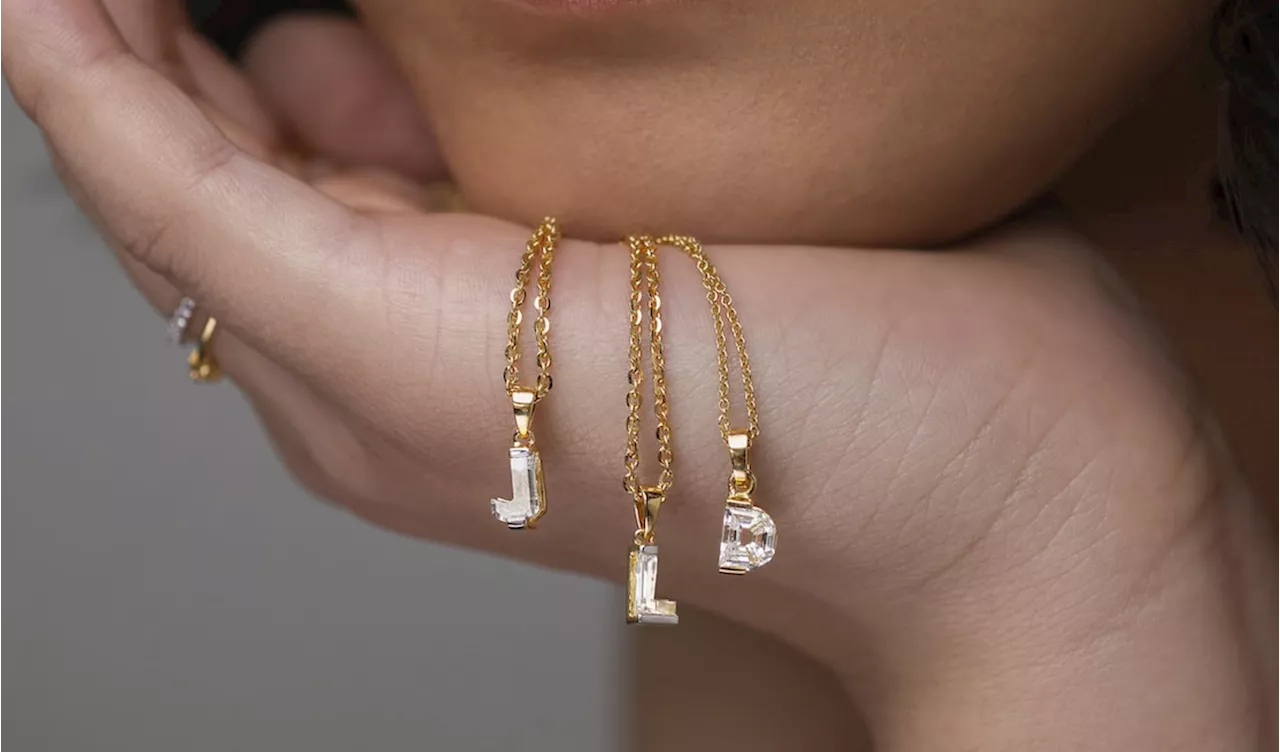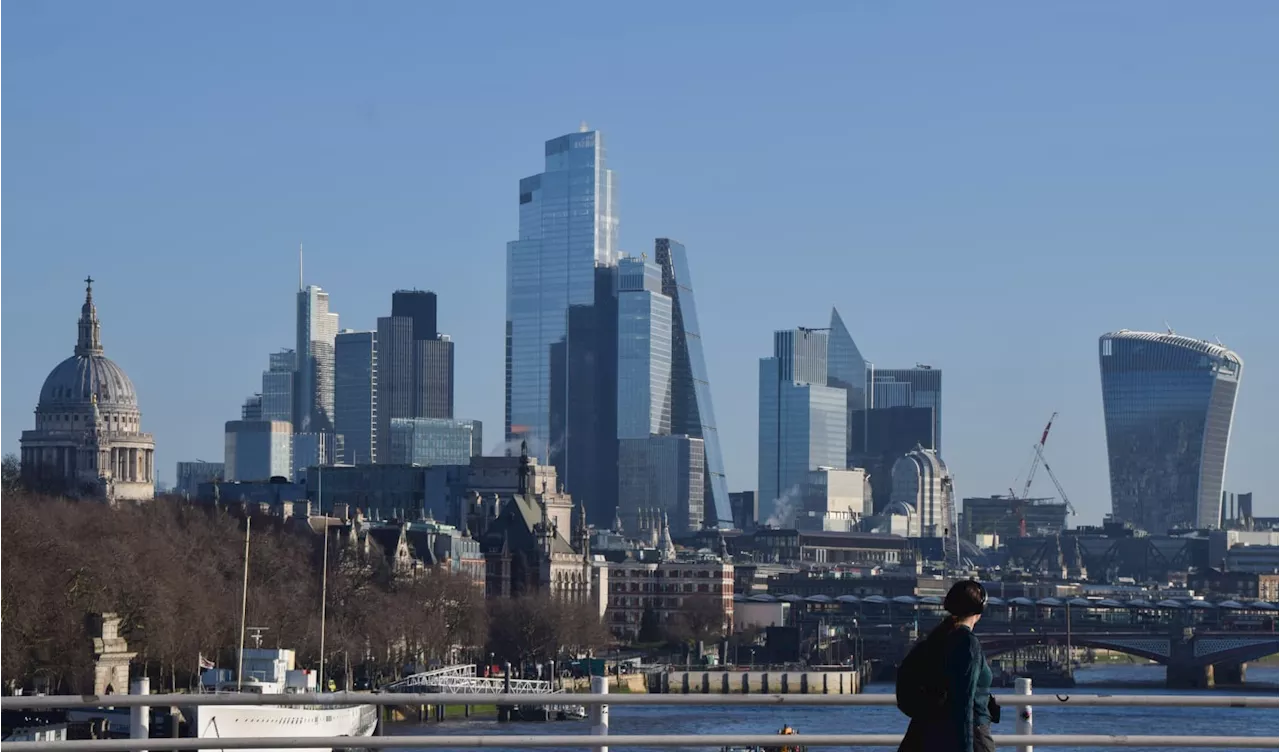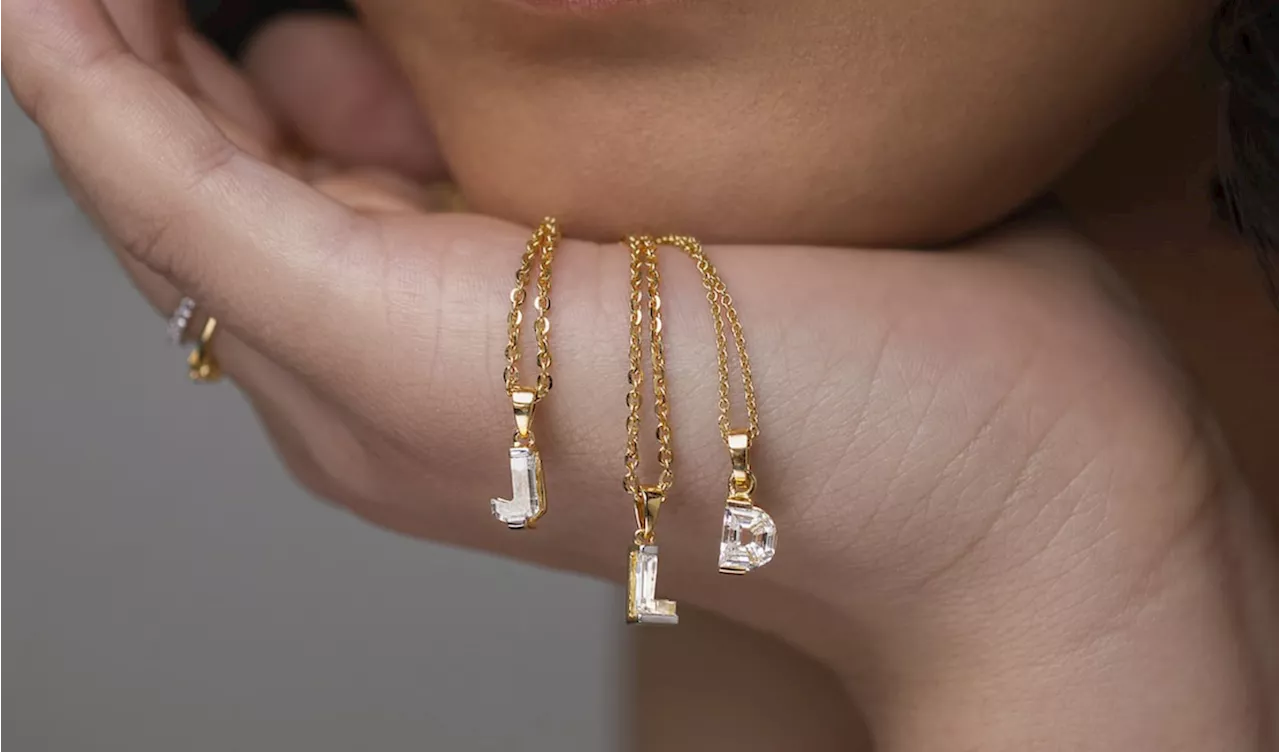A growing number of industries are embracing the circular economy model, aiming to minimize waste and maximize financial benefits. Goldman Sachs highlights the increasing importance of circularity in light of rising raw material costs and the need to reduce carbon emissions.
A growing number of sectors are shifting their focus towards operating within a circular economy model. This approach aims to minimize waste and, in the process, reap significant financial benefits. Goldman Sachs has emphasized that operating within a circular economy could become crucial in light of the escalating costs of raw materials and the global push to reduce carbon emissions.
The concept of a circular economy revolves around reusing, repairing, and recycling products while striving to keep waste to a minimum. It marks a departure from the conventional linear model of 'take-make-waste.' Reniera O'Donnell, Executive Lead of the Ellen MacArthur Foundation, explained that a true circular economy involves a complete transformation of the entire system. She outlined three core principles: eliminating waste and pollution, circulating products and materials at their highest value, and regenerating nature. Illustrative examples of companies embracing this model include Deartree, a Chinese firm that refurbishes used office furniture and supplies it to companies like Microsoft, Tencent, and Starbucks. De Clique, a Dutch company, collects food waste, such as coffee grounds, and resells it to businesses that transform it into new products. Another notable example is the jewelry company, Nidhi Singhvi, which is disrupting the industry with its unique buyback program. The company guarantees to repurchase its pieces from customers at a fair market price, minus a 15% fee. Singhvi believes this model is particularly effective for high-value items such as luxury watches or cars.She emphasizes that successful business models in a circular economy hinge on three key factors: valuable underlying assets, transparent pricing driven by market forces, and efficient resale mechanisms. Singhvi observes that young consumers in California, where she resides, are increasingly conscious of sustainability. They actively inquire about sourcing and supply chain practices, and carefully consider the environmental impact of their purchases. Millennials, often less affluent than their predecessors, tend to approach consumption more like investments, factoring in the resale value of clothing and accessories.The market for secondhand apparel is projected to reach a staggering $350 billion globally by 2028, significantly outpacing the growth of the overall clothing market. Despite the increasing interest in circular economy solutions, identifying companies operating within this framework can be challenging due to a lack of comprehensive disclosures. Goldman Sachs, however, has taken steps to address this issue. In 2024, they expanded their list of 'Adopters and Enables of Circular Economy solutions,' adding approximately 150 global companies, bringing the total to 875. This expansion reflects a notable surge in disclosures related to circular economy practices. Goldman Sachs' 'Top Circular Enablers,' companies that effectively integrate circular business models into their revenue streams, have outperformed the broader MSCI ACWI Index of large and mid-cap companies between 2021 and July 2024.The bank's list of buy-rated 'High Quality' circular economy companies includes companies like Siemens, which manufactures industrial equipment and prioritizes products that reduce emissions and raw material consumption. Another notable company on the list is A Circular Economy is critical to solving for a Low Carbon economy and Biodiversity loss. Goldman Sachs analysts underscore this point, emphasizing that investors, corporations, and policymakers are increasingly recognizing the significance of circularity.The Ellen MacArthur Foundation's Big Food Redesign Challenge aims to tackle the pressing issue of food waste. The organization is set to unveil details about food products developed in accordance with circular economy principles, taking into account factors like biodiversity and water usage throughout the production process. O'Donnell believes that by adopting different design approaches, food can be produced in a way that supports and enhances the health of nature. This initiative aligns with the concerns of food security specialist Matthew Tan, who has dedicated over two decades to addressing issues related to global food security and sustainability.
Sustainability CIRCULAR ECONOMY SUSTAINABILITY WASTE REDUCTION GOLDMAN SACHS FOOD WASTE SECONDHAND MARKET
United States Latest News, United States Headlines
Similar News:You can also read news stories similar to this one that we have collected from other news sources.
 The Circular Economy’s Second Act: Trash, Talent, And TreasureLearn how circular economy ideas are now becoming reality in the form of businesses that can help reduce costs, innovate, and lead in a rapidly changing world.
The Circular Economy’s Second Act: Trash, Talent, And TreasureLearn how circular economy ideas are now becoming reality in the form of businesses that can help reduce costs, innovate, and lead in a rapidly changing world.
Read more »
 From jewelry to food waste, firms are ‘shaking' things up with circular-economy shiftA growing number of sectors are focusing on operating as part of a “circular economy,” aiming to waste less — and reap the financial benefits in…
From jewelry to food waste, firms are ‘shaking' things up with circular-economy shiftA growing number of sectors are focusing on operating as part of a “circular economy,” aiming to waste less — and reap the financial benefits in…
Read more »
 Circular Economy Gaining Momentum as Businesses Seek Sustainability and Financial BenefitsA growing number of sectors, from fashion and jewelry to food waste management, are embracing the circular economy model. This approach focuses on reusing, repairing, and recycling products to minimize waste and capitalize on the financial advantages. Driven by rising raw material costs and the urgency to reduce carbon emissions, the circular economy is gaining traction as a critical strategy for sustainable business practices.
Circular Economy Gaining Momentum as Businesses Seek Sustainability and Financial BenefitsA growing number of sectors, from fashion and jewelry to food waste management, are embracing the circular economy model. This approach focuses on reusing, repairing, and recycling products to minimize waste and capitalize on the financial advantages. Driven by rising raw material costs and the urgency to reduce carbon emissions, the circular economy is gaining traction as a critical strategy for sustainable business practices.
Read more »
 European Markets Rise, UK Economy Recovers, but Retail Sales DisappointThe pan-European Stoxx 600 index opened higher, led by mining stocks after reports of potential merger talks between Glencore and Rio Tinto. Meanwhile, the UK economy showed signs of recovery with GDP growth, but retail sales fell short of expectations.
European Markets Rise, UK Economy Recovers, but Retail Sales DisappointThe pan-European Stoxx 600 index opened higher, led by mining stocks after reports of potential merger talks between Glencore and Rio Tinto. Meanwhile, the UK economy showed signs of recovery with GDP growth, but retail sales fell short of expectations.
Read more »
 Side Hustles: The Rise of the Gig EconomyIn the face of economic uncertainty, young adults are turning to side hustles to supplement their income. From freelance work to pet sitting, these flexible opportunities offer both financial benefits and skill development. The article explores the motivations behind the surge in side hustling, the financial impact, and the diverse range of options available.
Side Hustles: The Rise of the Gig EconomyIn the face of economic uncertainty, young adults are turning to side hustles to supplement their income. From freelance work to pet sitting, these flexible opportunities offer both financial benefits and skill development. The article explores the motivations behind the surge in side hustling, the financial impact, and the diverse range of options available.
Read more »
 High-Rise Art: The Rise of Rope-Assisted GraffitiThis article delves into the burgeoning trend of rope-assisted graffiti in New York City, profiling two prominent practitioners, XSM and QZAR, and their daring nighttime escapades. It explores their motivations, techniques, and the growing community of artists who are pushing the boundaries of street art.
High-Rise Art: The Rise of Rope-Assisted GraffitiThis article delves into the burgeoning trend of rope-assisted graffiti in New York City, profiling two prominent practitioners, XSM and QZAR, and their daring nighttime escapades. It explores their motivations, techniques, and the growing community of artists who are pushing the boundaries of street art.
Read more »
